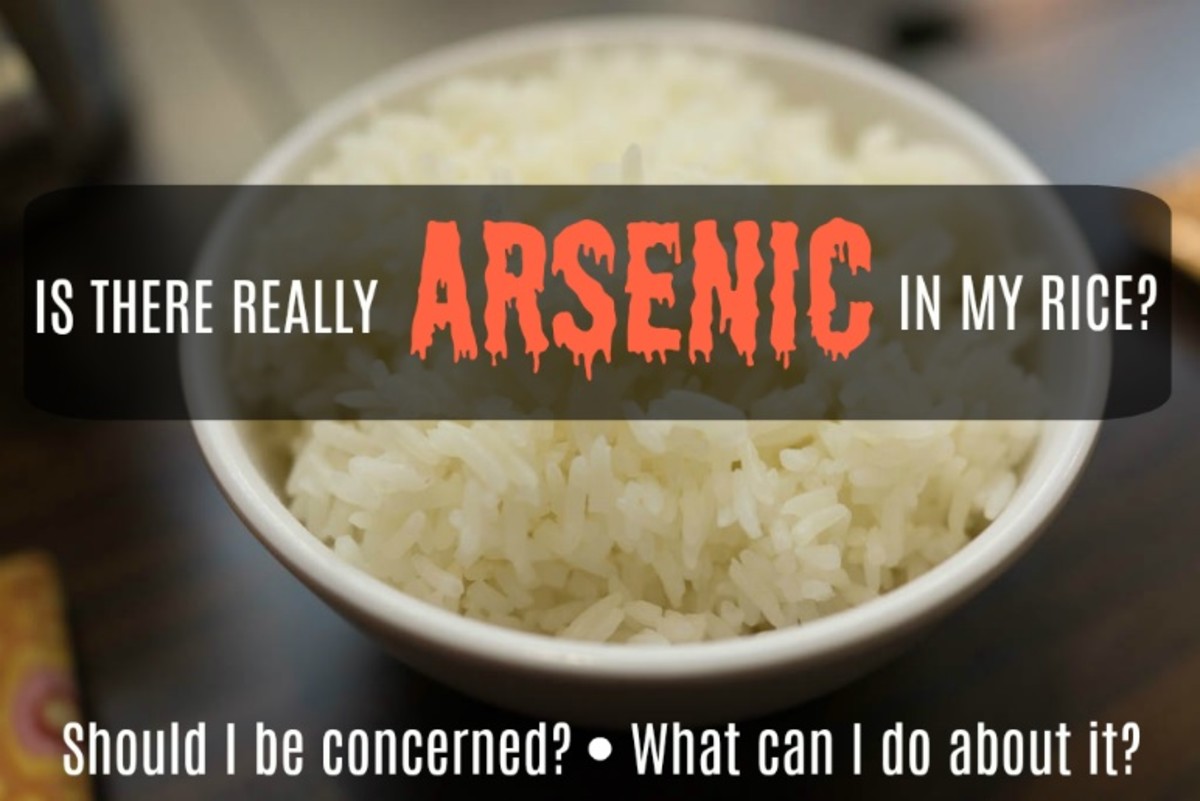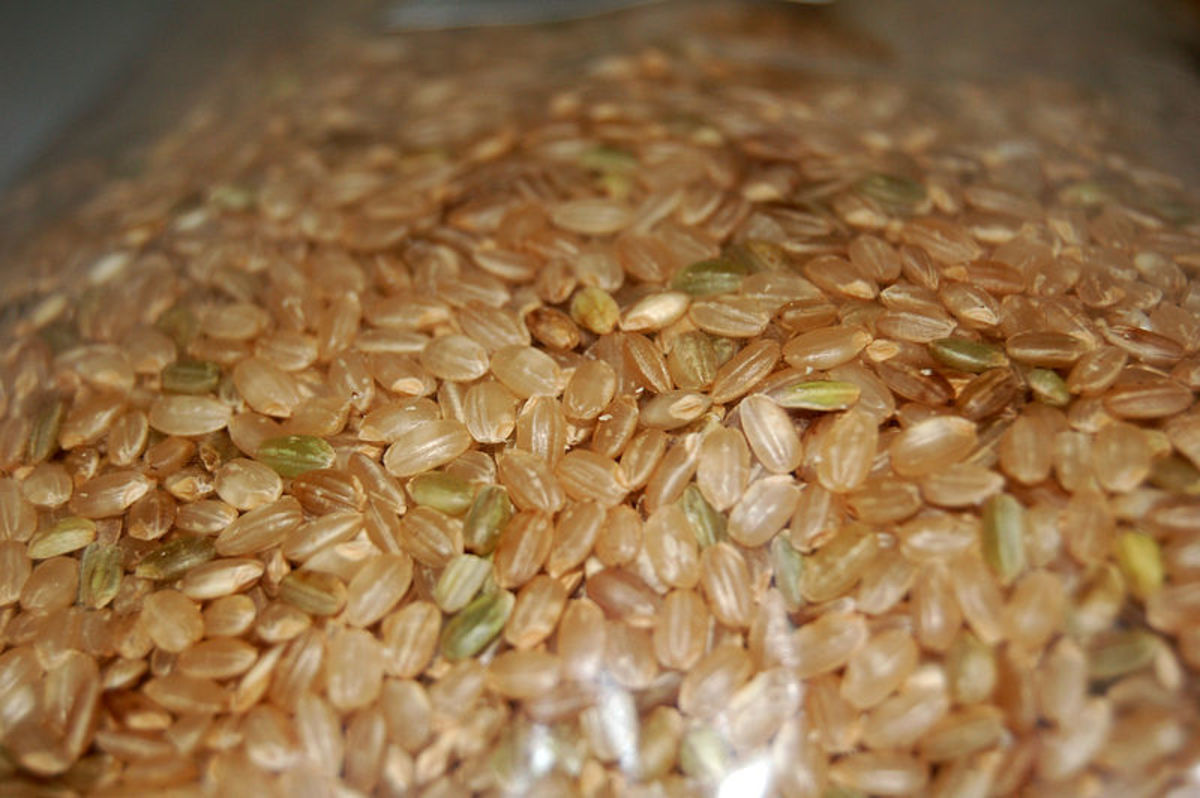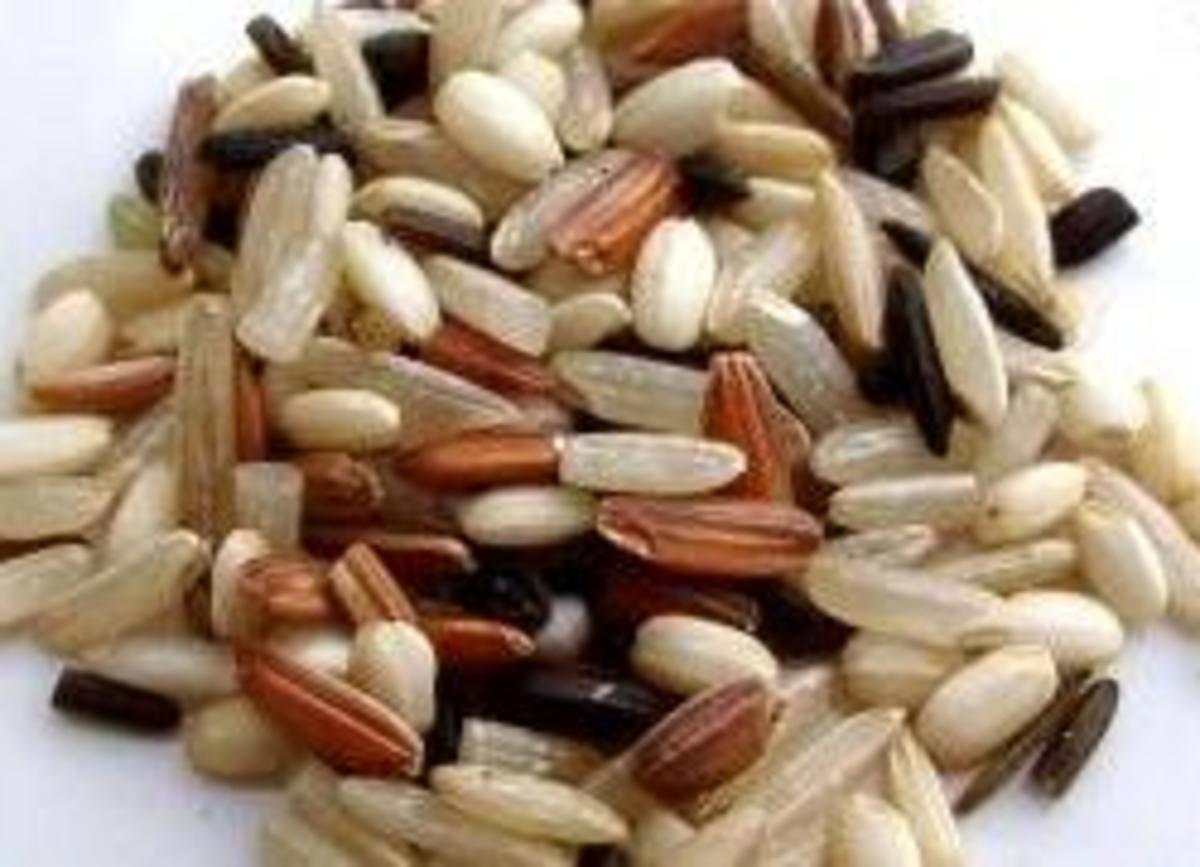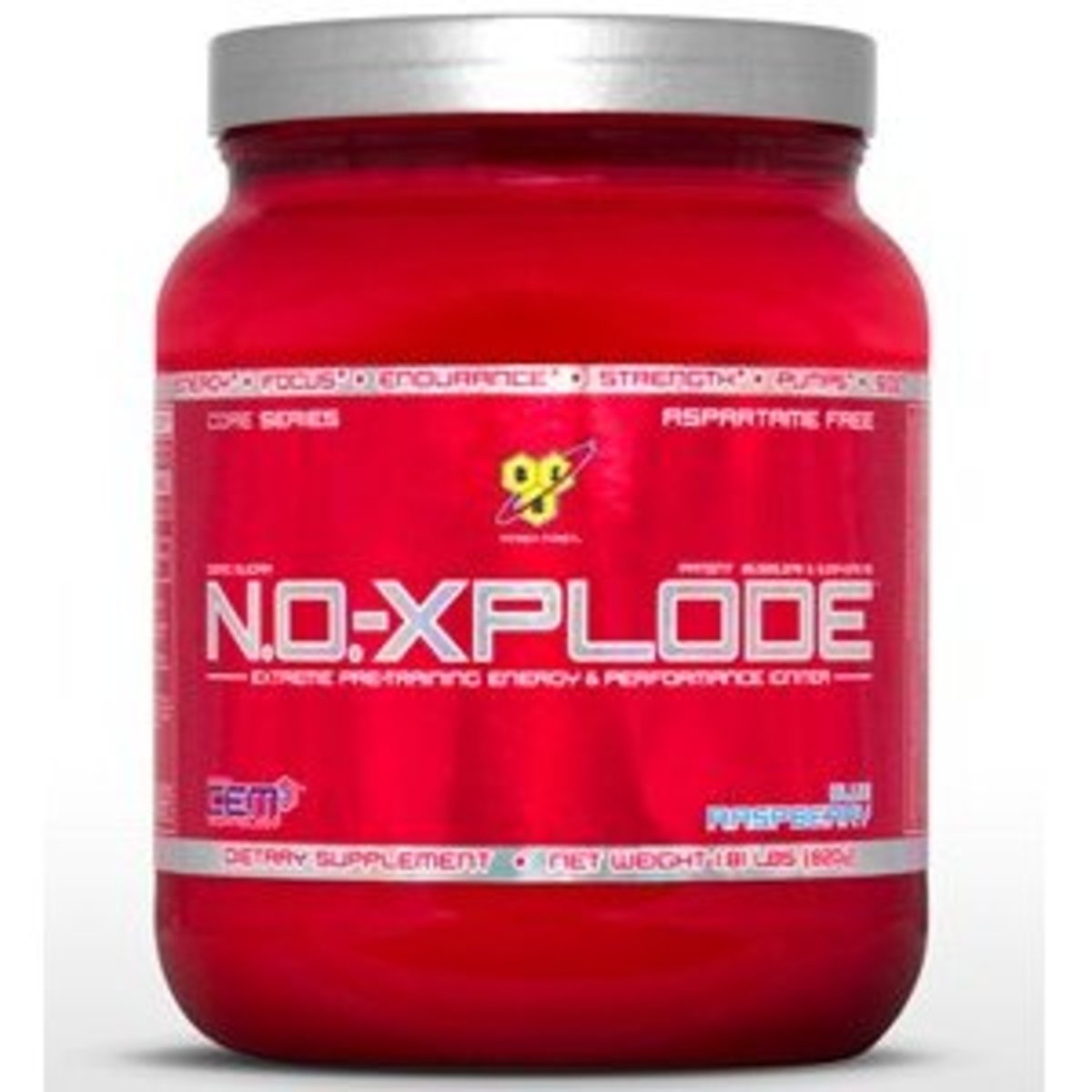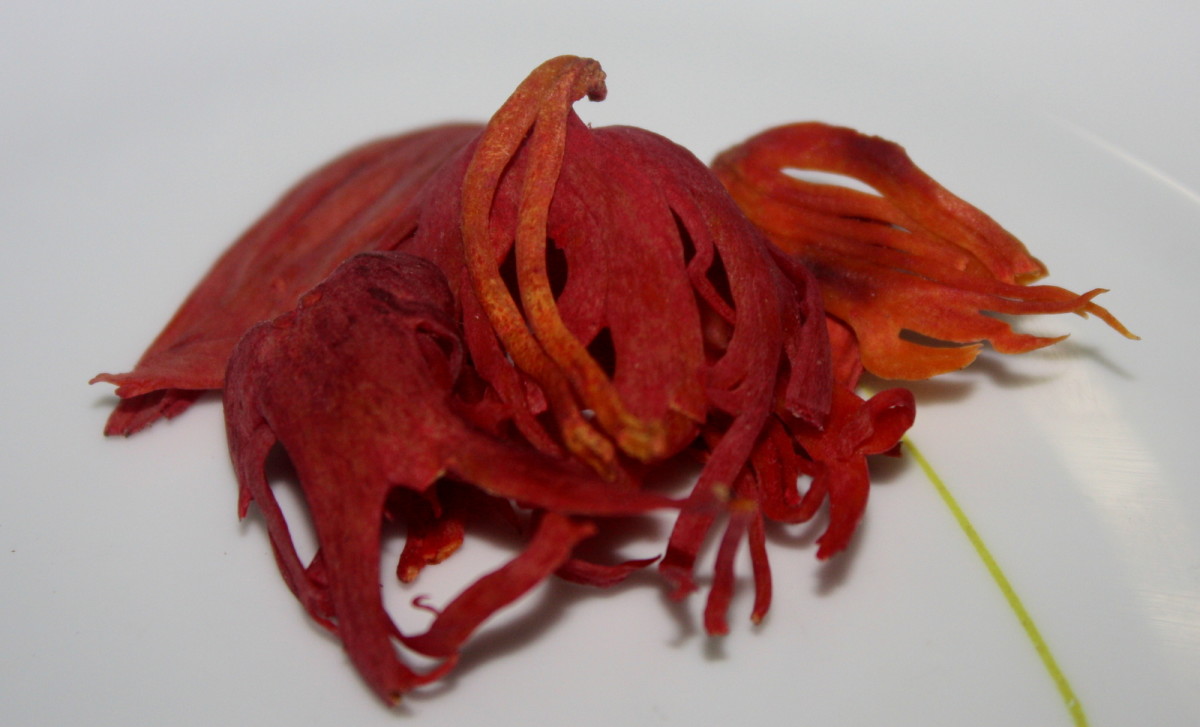Arsenic in Rice
A few years ago, news broke out that arsenic could be found in apple juice. It became controversial that it made headlines in news programs and broadsheets. Doctor Oz sounded the alarm on this issue prompting Dr. Richard Besser of ABC News to concede that arsenic is found in apple juice. The Consumer Reports did an investigation on 88 samples of apple juice. They found that 10% exceeded the water level for arsenic. FDA had a proposal to set the limit of arsenic in apple juice. Today, arsenic is making a comeback. This time, it's in rice. The Consumer Reports had 700 samples of rice and rice products. They found out that some of the rice that are grown here in the US had the highest level of inorganic arsenic compared to rice grown in other countries. Consumer Reports looked into other rice alternatives such as quinoa, amaranth, and millet and discovered that it had less than significant amount of arsenic in these products.
Vrashi Rangan Phd, of Consumer Reports stated that rice that are coming from Texas, Louisiana, and Arkansas, tends to be high in arsenic than in other US regions. Brown rice has a higher content of arsenic than white rice. Doctor Oz asked how arsenic can get into the rice. Rangan said that arsenic is grown in water-flooded fields and in conditions that lack oxygen. Doctor Oz explains why brown rice is better than white rice. Brown rice is white rice because of the bran that is located in its outer shell. Polishing the outer shell can lead to the removal of the bran that turns brown rice into white rice. Whereas brown rice keeps that brown layer intact. Arsenic is found in the outer layer. When you polish the outer layer, you get rid of the layer and accidentally remove the arsenic.
Consumer Reports broke down the rice into two categories. From the highest level of arsenic to the lowest level. Rice that are grown in Louisiana, Arkansas, and Texas (South Central States), hot and cold cereals, rice pasta, rice that are found in processed foods such as in crackers and milk have the highest level of arsenic. They recommend 1 to 2 servings of these products among adults.
Basmati rice, sushi rice, rice that are grown in India, Pakistan, and California have significantly lower levels of arsenic. Consumer Reports recommended 4 1/2 servings of these types of rice compared to 2 servings a week that they would recommend for regular rice. Most people are asking how can you tell if your rice has arsenic. Rangan mentioned that you can't tell. There are no labels or standards for it.
Doctor Oz has mentioned countless of times in his show that brown rice is better for consumers. He was appalled to know that arsenic could be found in these products. Dr. Oz suggested that we should rinse the rice thoroughly before cooking. Boil 1 cup of rice in 6 cups of water. Then shake the rice with your hand three times. Cook the rice like you would cook pasta. Drain the excess water when you're done. This lowers the amount of arsenic into half. You can always substitute regular rice for quinoa, millet, and amaranth.
Rangan stressed that the government has assessed 12000 data points on rice or 12000 different rice products. They are still determining what the risk is. Until they have finished assessing, we don't have standards for the levels of arsenic.
The USA Rice Federation issued a statement regarding this matter. They said that research conducted by the Food and Drug Administration and US Rice Industry shows arsenic levels found in US grown rice are below safe maximum levels established this year by the World Health Organization. Rangan warned that there is no safe amount of arsenic. The standard that they said is not a threshold of safety. The limit that Consumer Rep[orts set is far lower than the global level. Less arsenic is better. Dr. Oz added that the FDA needs to set the limit in the amount of arsenic in rice this year.
Most people love to eat rice. Some consume it every day. With this alarming information, we cannot take our chances. We should rinse our rice thoroughly before cooking. We can also try other alternatives to avoid the pitfalls of arsenic.

